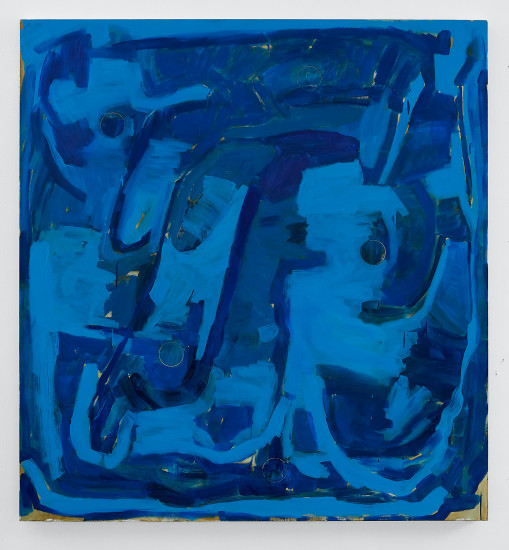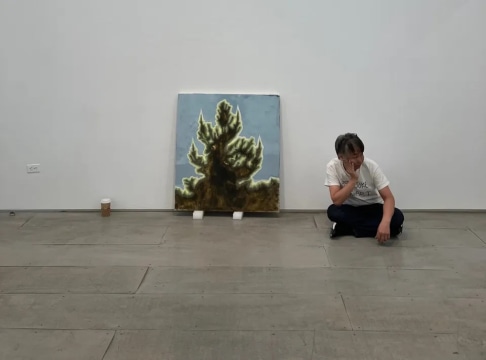Kazuyuki Takezaki, Star of the Japanese Art Scene, Dies at 48
Kazuyuki Takezaki, a painter whose blurry, washed-out landscapes made him a closely watched artist of Japan’s art scene, has died at 48 after a heart attack. Jeffrey Rosen, cofounder of Takezaki’s Tokyo-based representative Misako & Rosen, confirmed the artist’s death and said his gallery was working to establish an estate for Takezaki.

